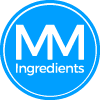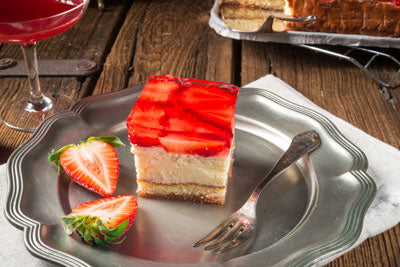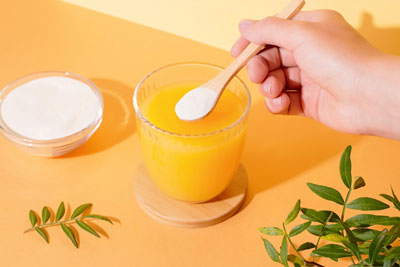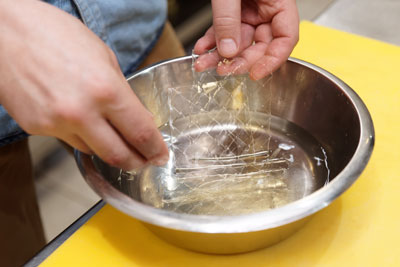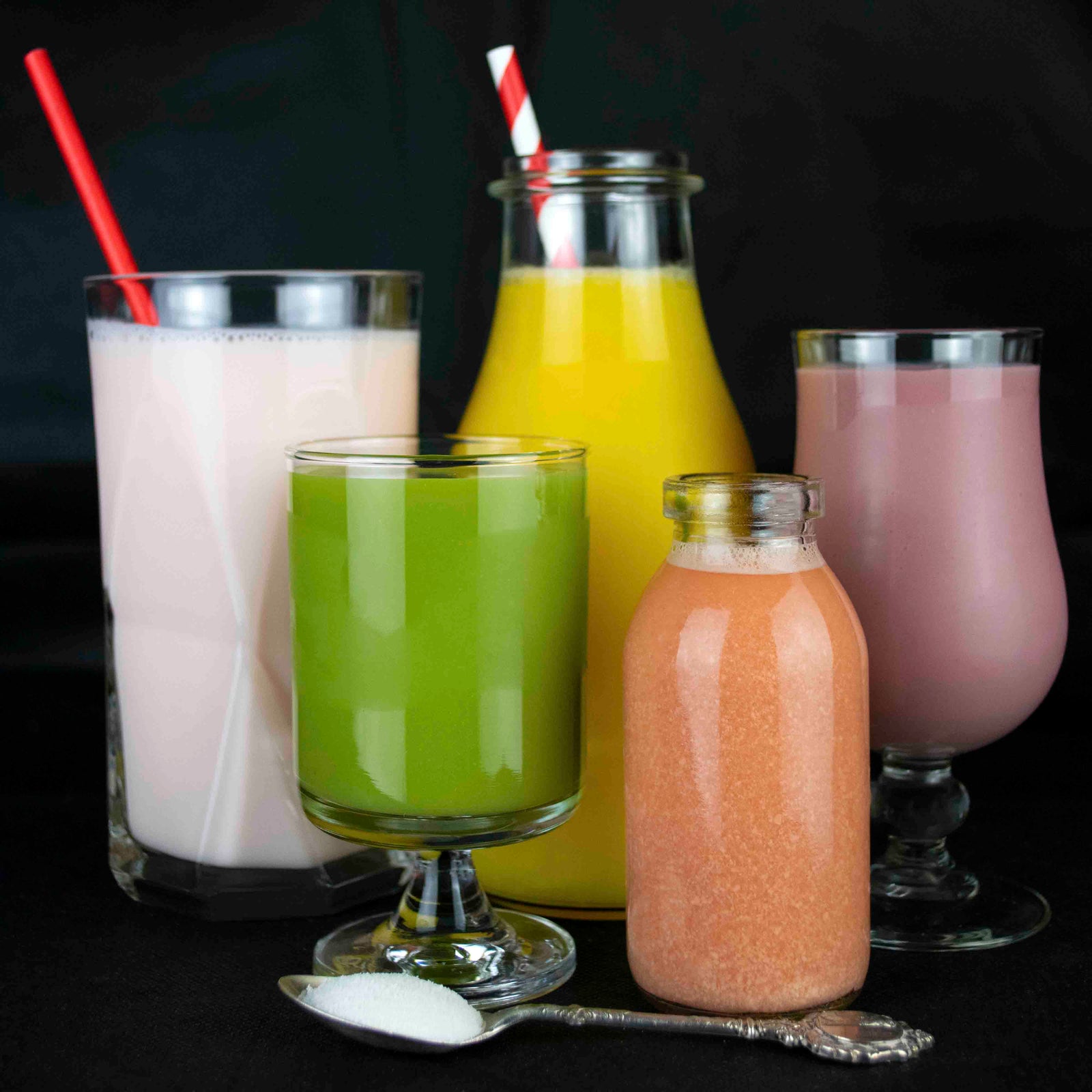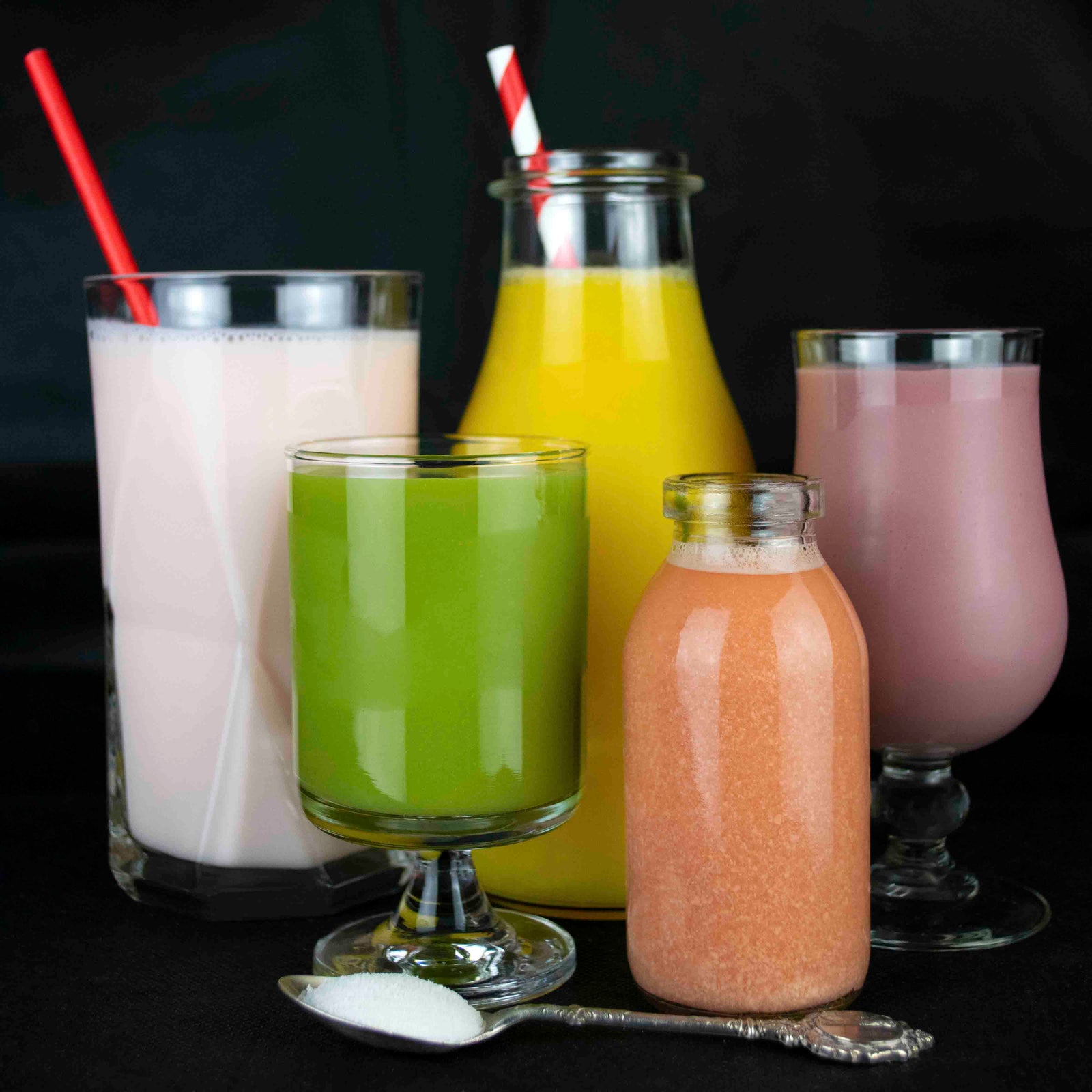I buy this marine collagen because it’s excellent quality & always reliable service.
Shop Now
Beef Collagen
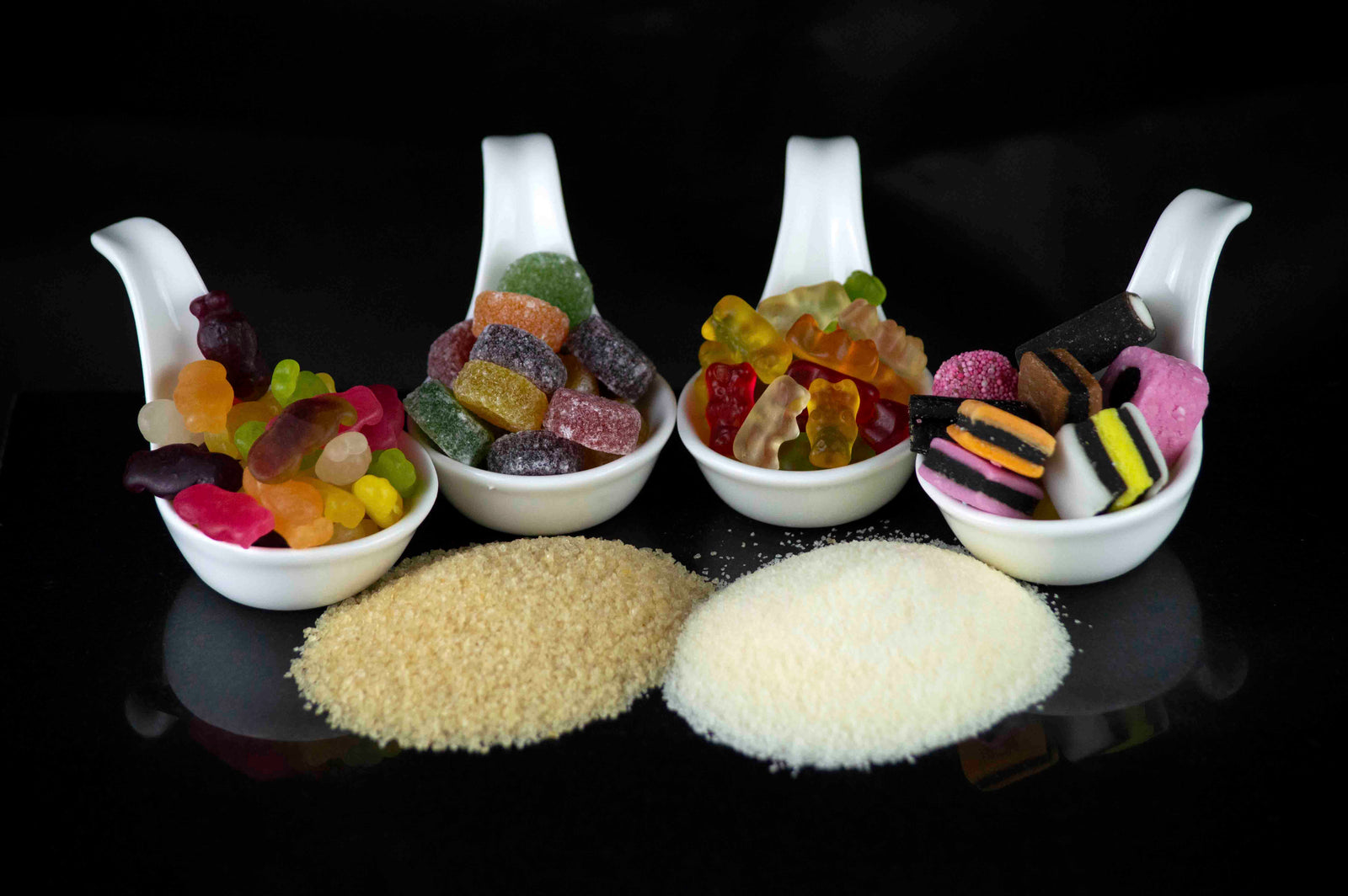
How Gelatin is made
November 01, 2022 3 min read
How Gelatin is made
So how is gelatin made? Well gelatin is an animal product and a pure collagenous protein most of which, when made in Europe, comes from pigs.
Although it can also be made from beef, cattle or fish. When making gelatin, using materials from high quality animals ensures high standards of quality, and making sure that the production process is of the highest standard.
Using materials from high quality animals
The raw animal material is carefully selected, to ensure that all the standards of safety and quality are met. Gelatin manufacturers use raw materials from healthy pigs, cattle, chicken and fish, and all gelatin for food consumption in Europe/Uk must adhere to ISO and/or other high-level food safety standards. The industry is one of the best-controlled and best-structured industrial sectors in Europe.
There are comprehensive European/Uk statutory provisions that regulate the slaughter of the animals, as well as control and licensing procedures regulated and monitored through government agencies. All raw materials are also regularly inspected for both safety and origin. The animals used come only from licensed slaughterhouses and have first been examined by veterinarians. All the animal materials that are used to manufacture gelatin have been approved for human consumption, so it is as safe as the animal meat that is eaten. There are regulations regarding the provenance ad manufacturing of edible gelatin and is subject to food law.
In Europe about 80% of the edible gelatin produced is made from pig skins, 15% is made from the thin, collagen-containing layer that is found between the epidermis and subcutaneous layers of cattle hide, and 5% from pig, chicken and cattle bones, and from fish.
The production process
This is a complex, multi-stage process requiring highly technical industrial equipment. Starting with the connective tissue and bones of pigs, cattle or fish, the collagenous protein is separated out and made into gelatin which is a pure, high-grade protein.
There are two methods of manufacturing gelatin. These are the:
- Alkaline process, for bovine connective tissue, which is densely connected. It is pre-treated with an alkaline solution for several weeks, this gently changes the collagen structure. The collagen is then soluble in warm water and can therefore be separated from the remaining raw material.
- Acid Process, for non-bovine connective tissue, making collagen extraction possible after a one-day acid treatment
Once the Acid or Alkaline process is complete then there is:
- Extraction: The pre-treated raw materials are mixed with hot drinking water and extracted in a multi-stage process. The temperature of the hot water used determines the gel strength: the lower the temperature of the water, the higher the gel strength, or Bloom value, of the extracted gelatin.
- Purification: `high-performance separators are used to remove traces of fat and fine fibers from the extracted solutions, then the finest particles are removed through filtration. In the final purification step, the gelatin is freed of calcium, sodium, residual acid and other salts.
- Thickening: As the solution is concentrated in a vacuum evaporation system, it thickens into a honey-like mass.
- Drying: The concentrated gelatin solution is sterilized, cooled, set and then dried under strict hygienic conditions. The result is “jelly noodles” that are then ground into grains when they are dry.
Extensive, laboratory quality controls are carried out throughout the whole process to ensure the quality and purity of the gelatin.
